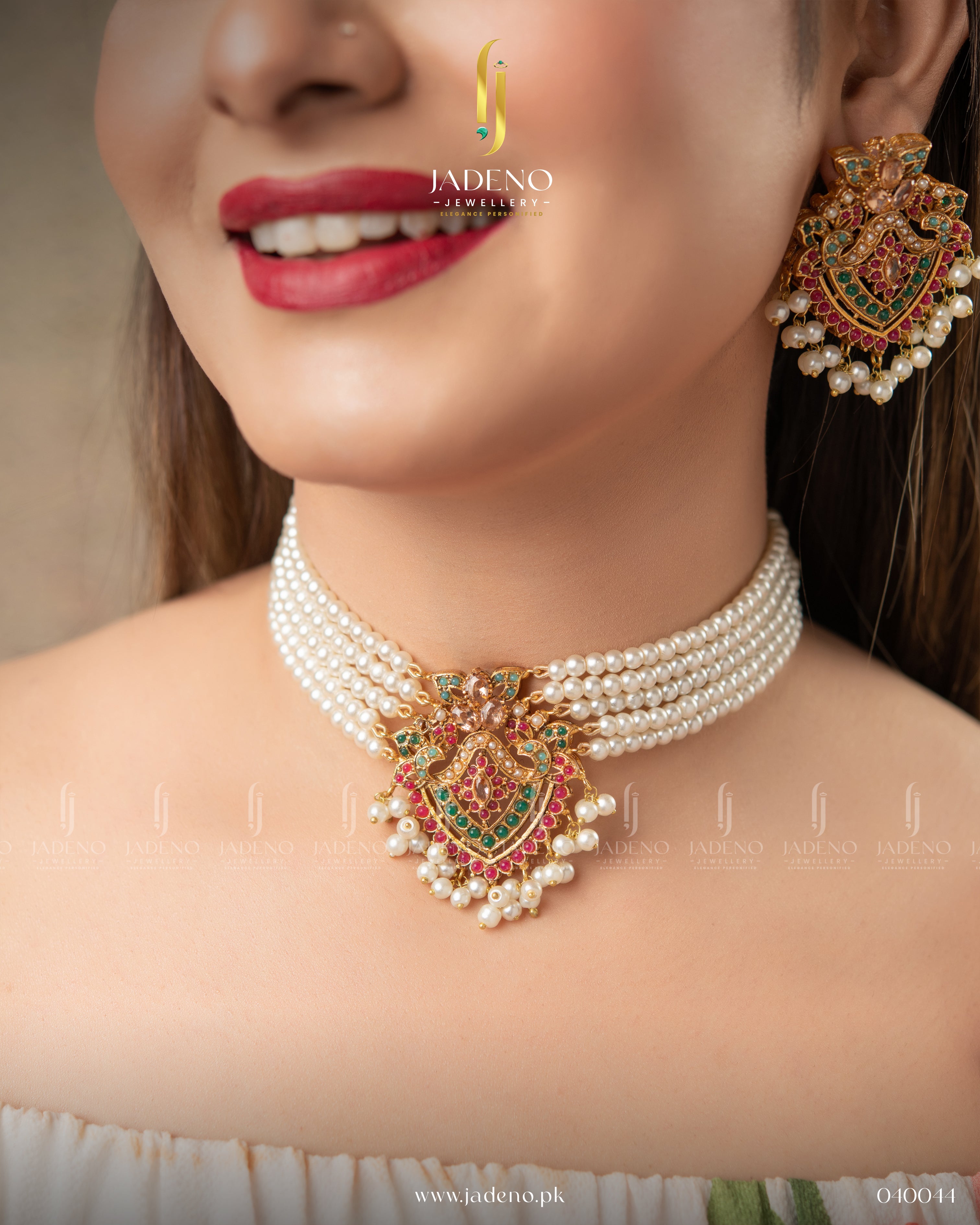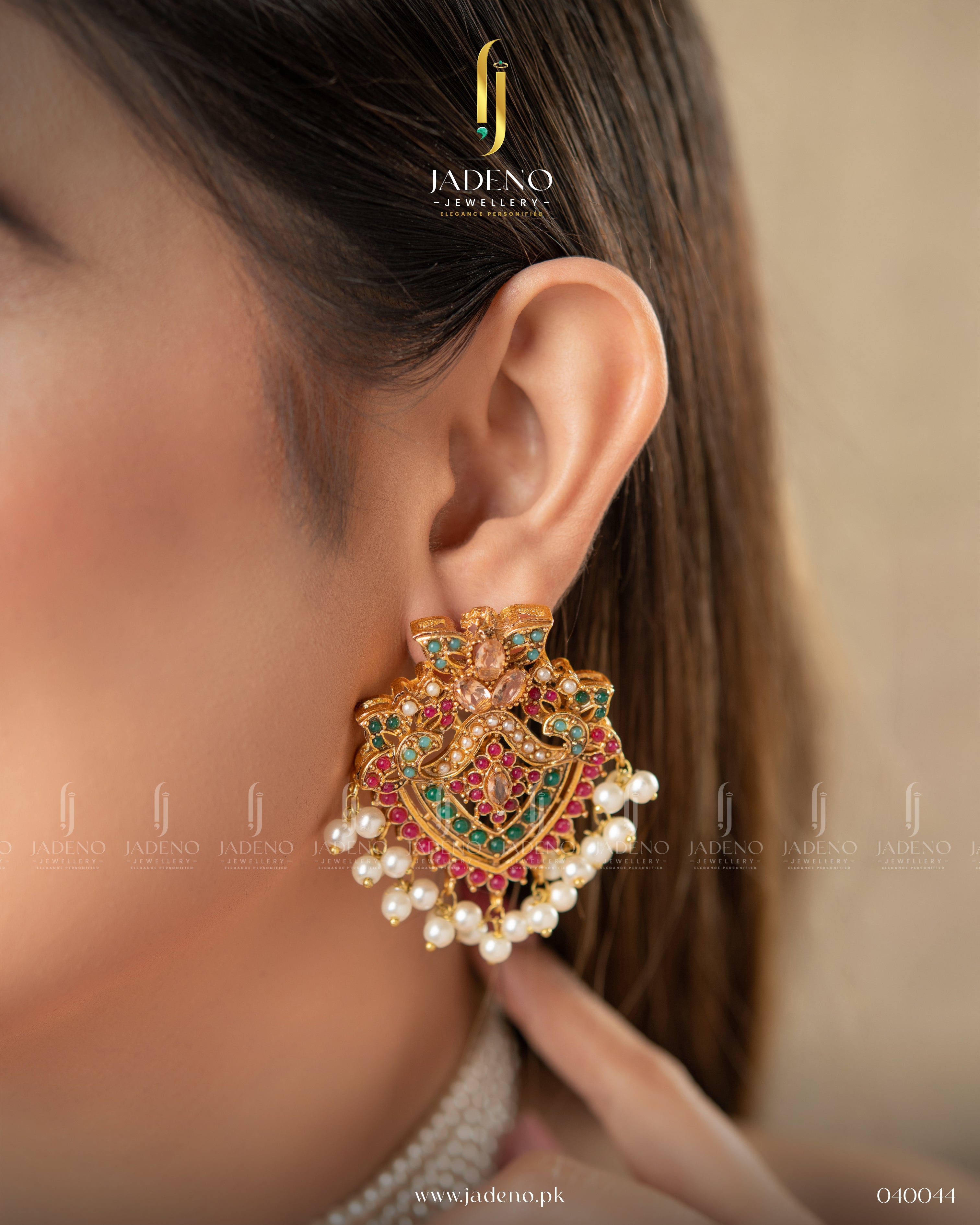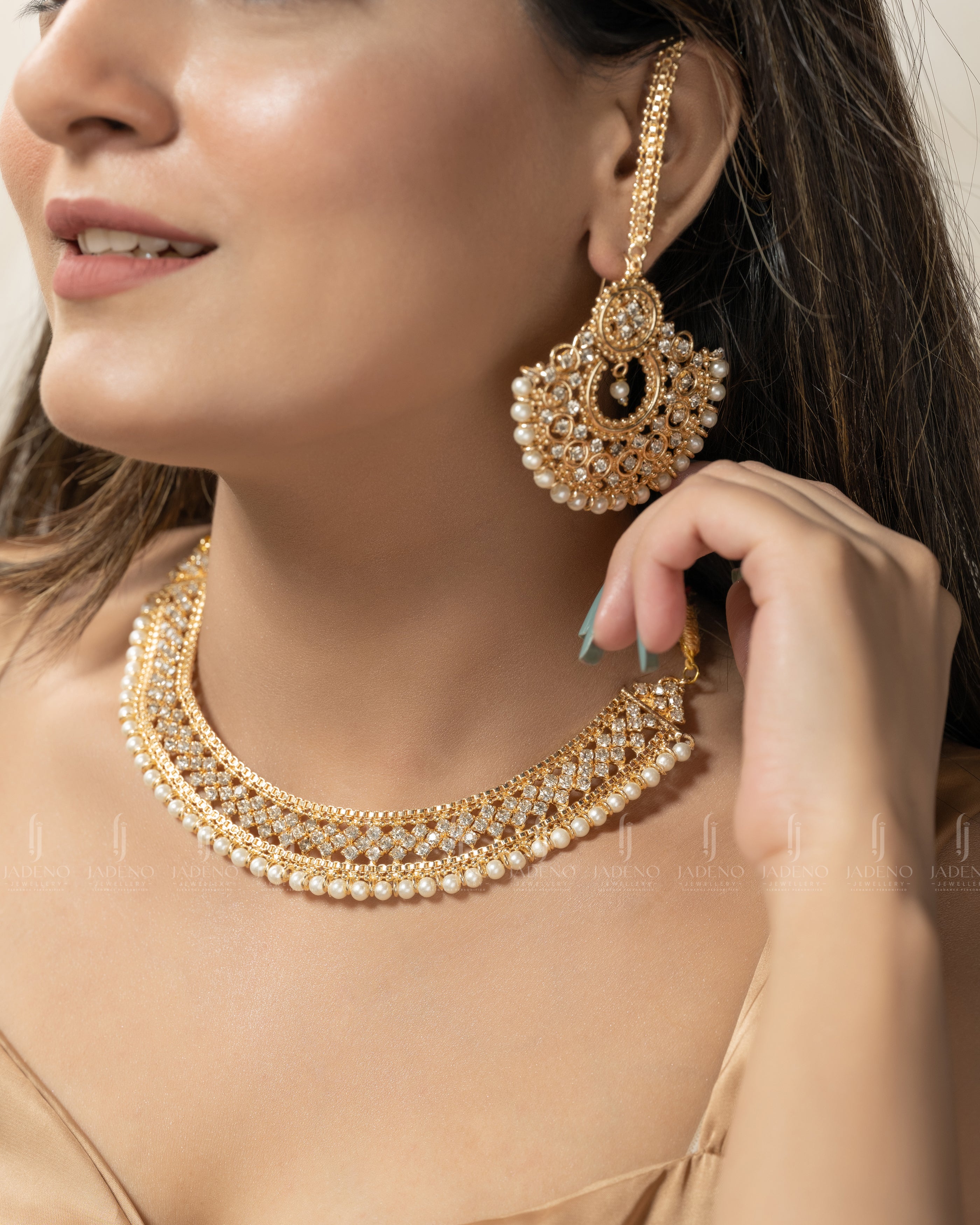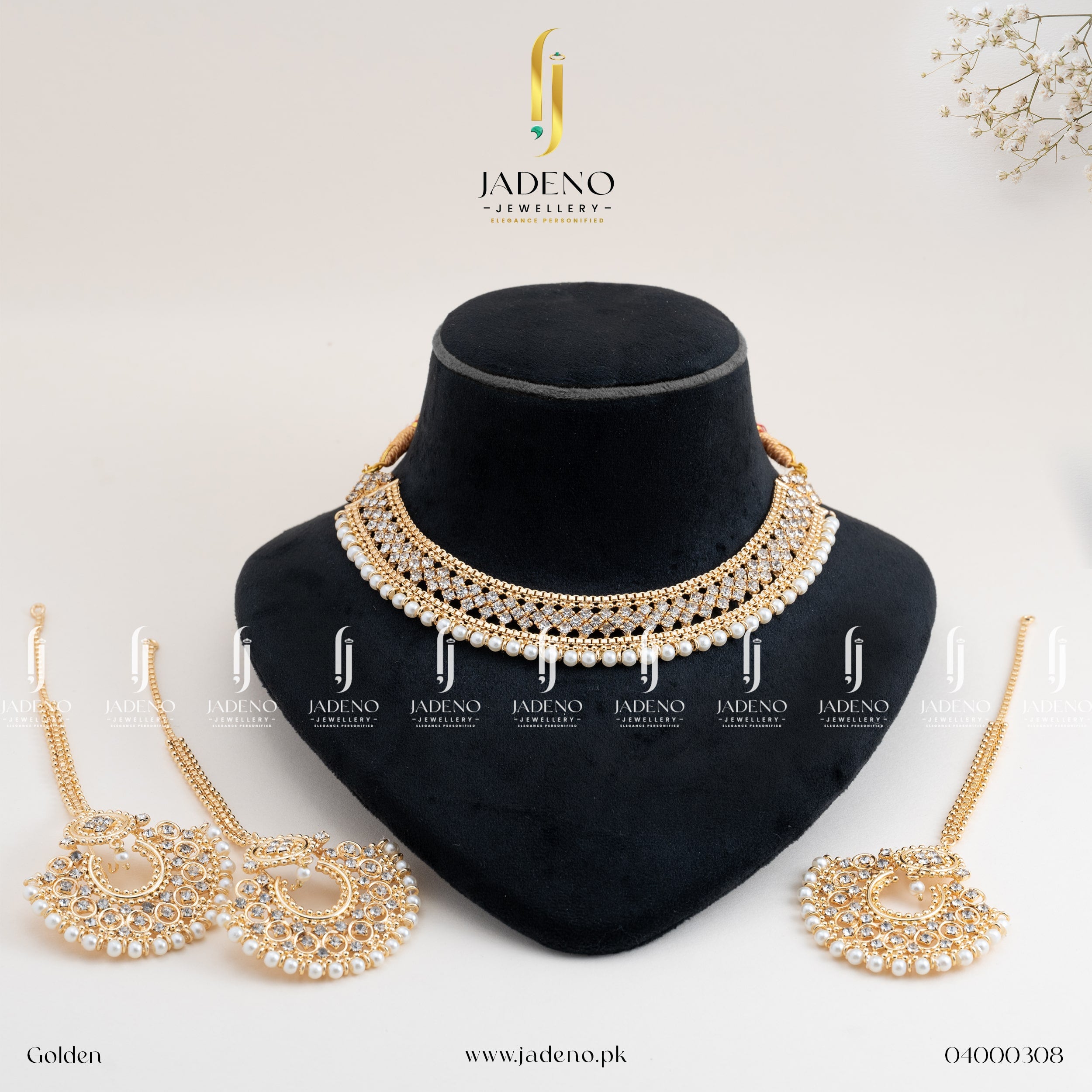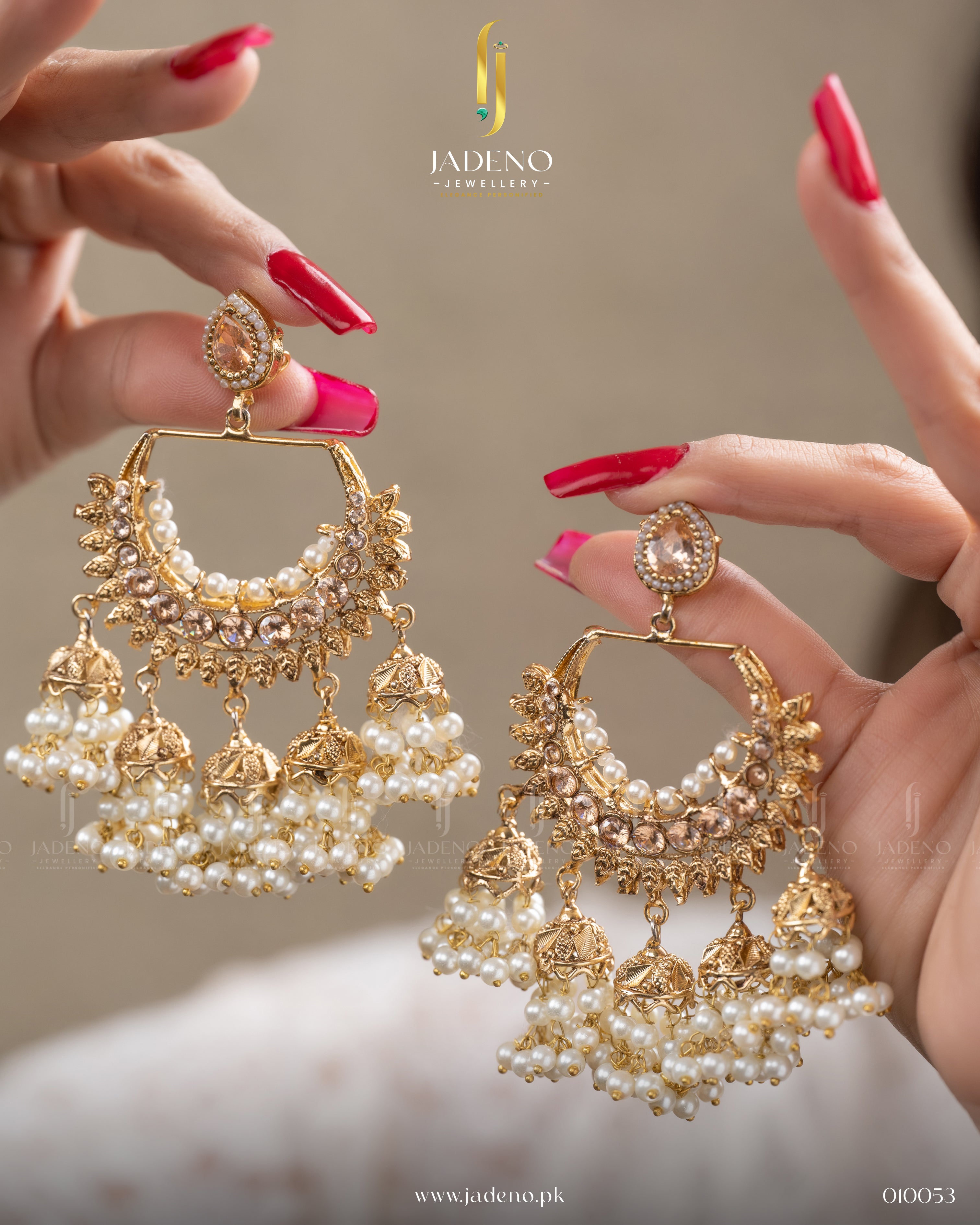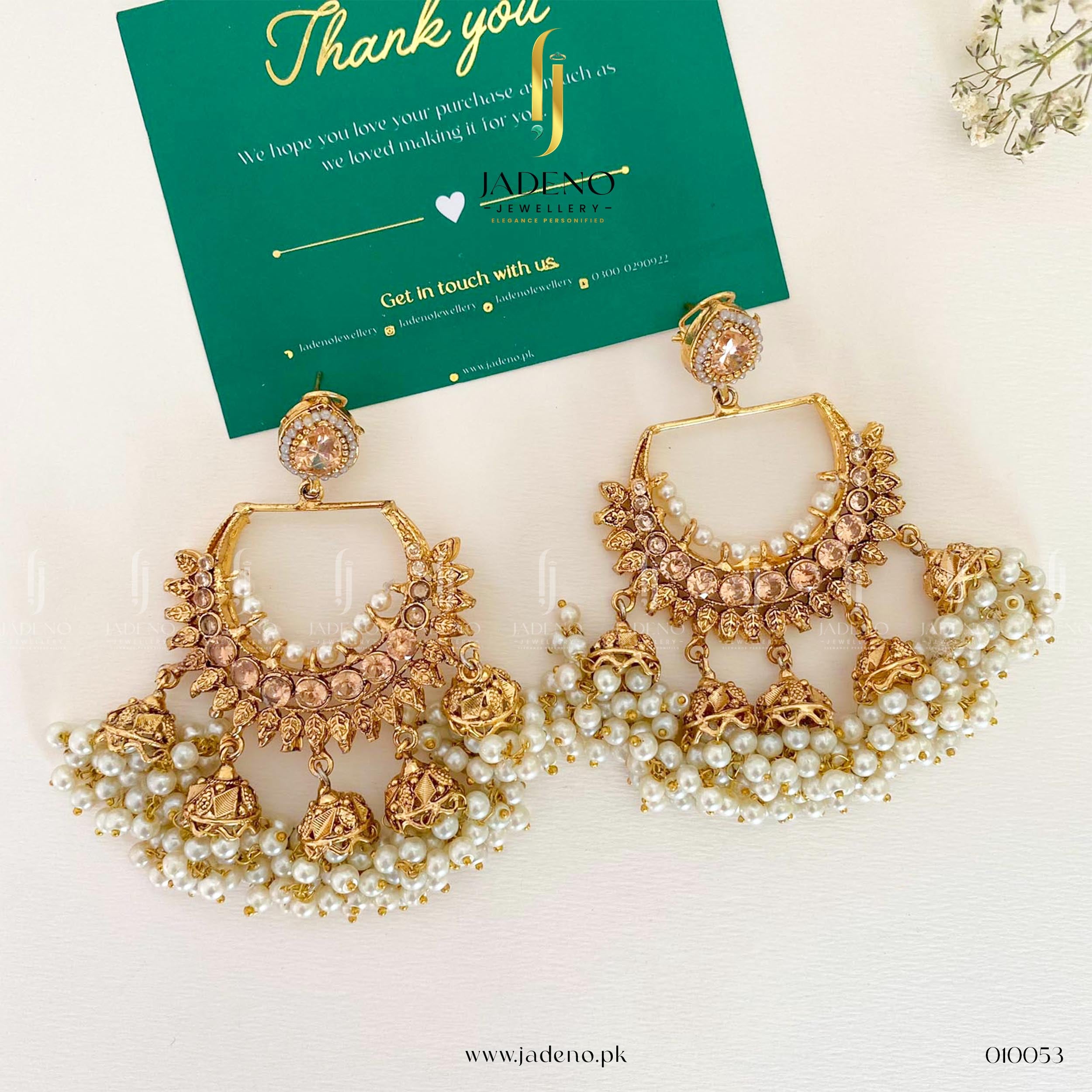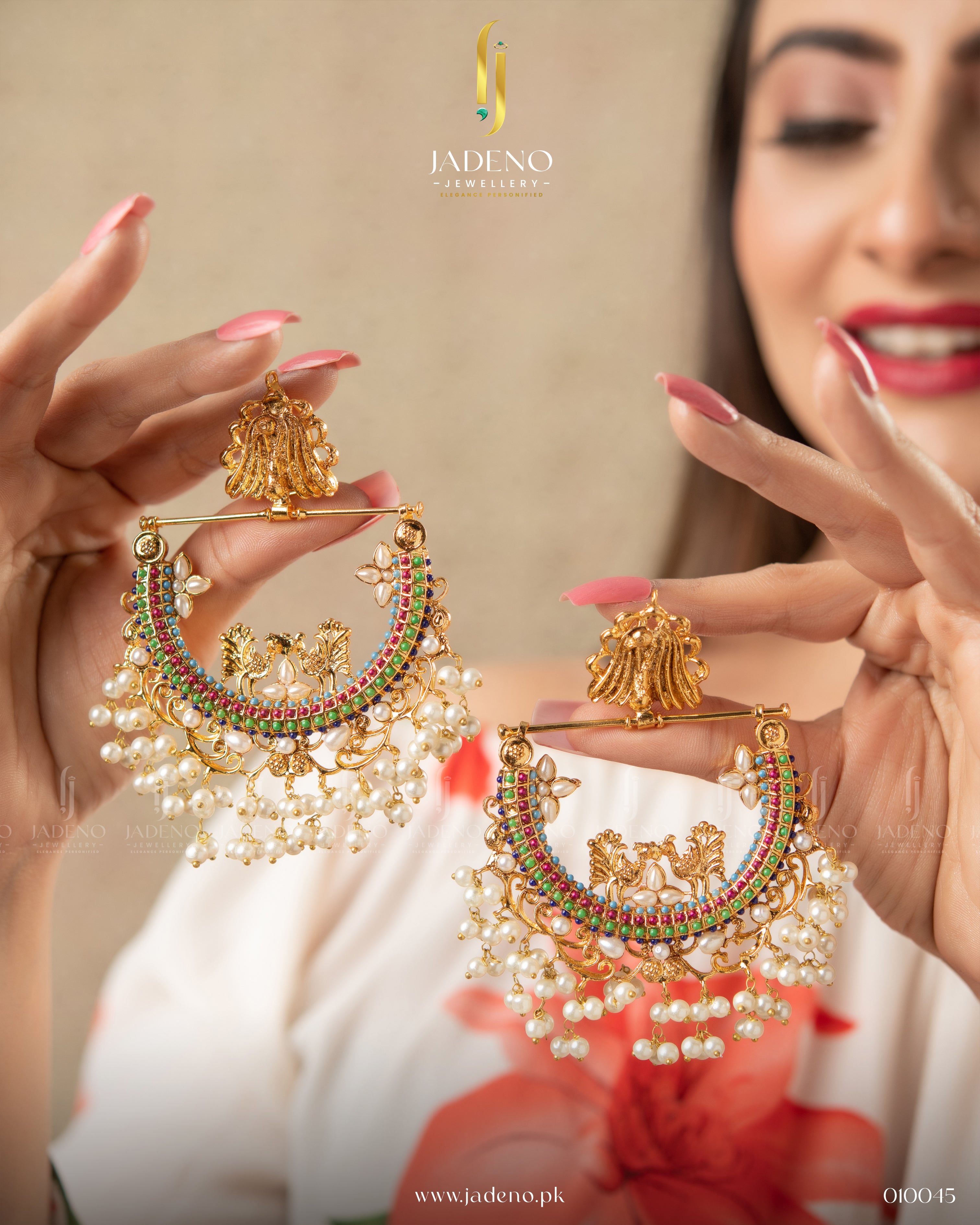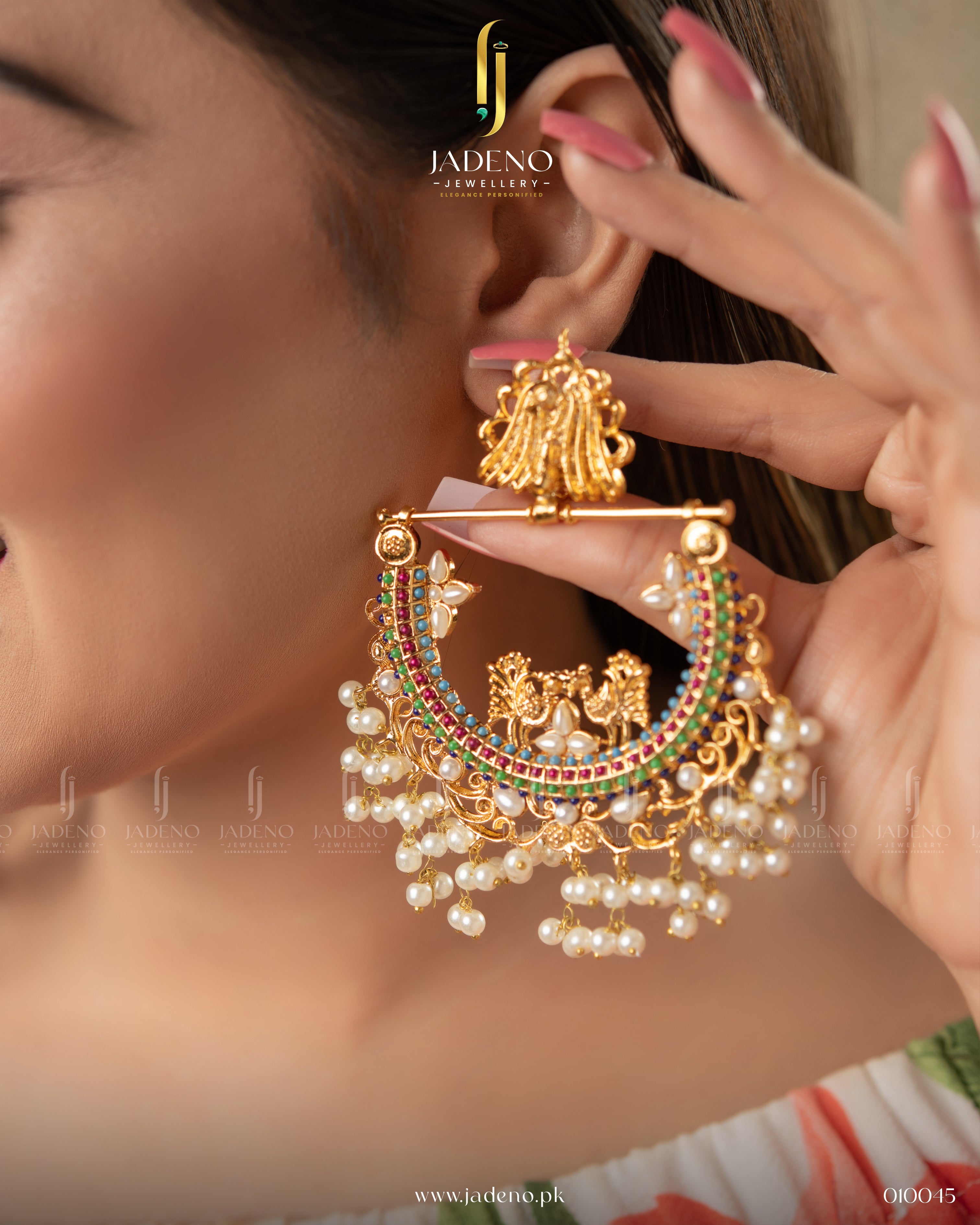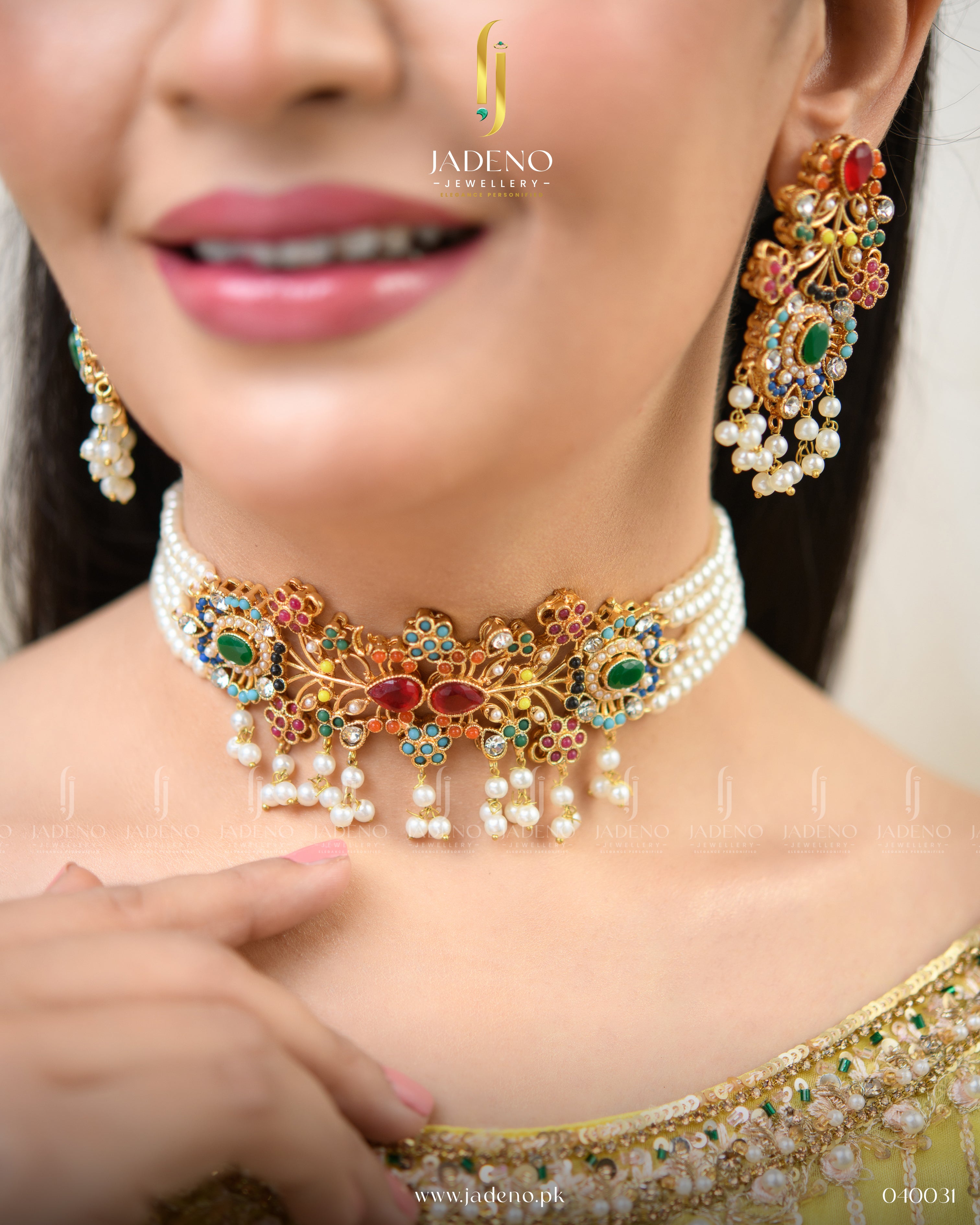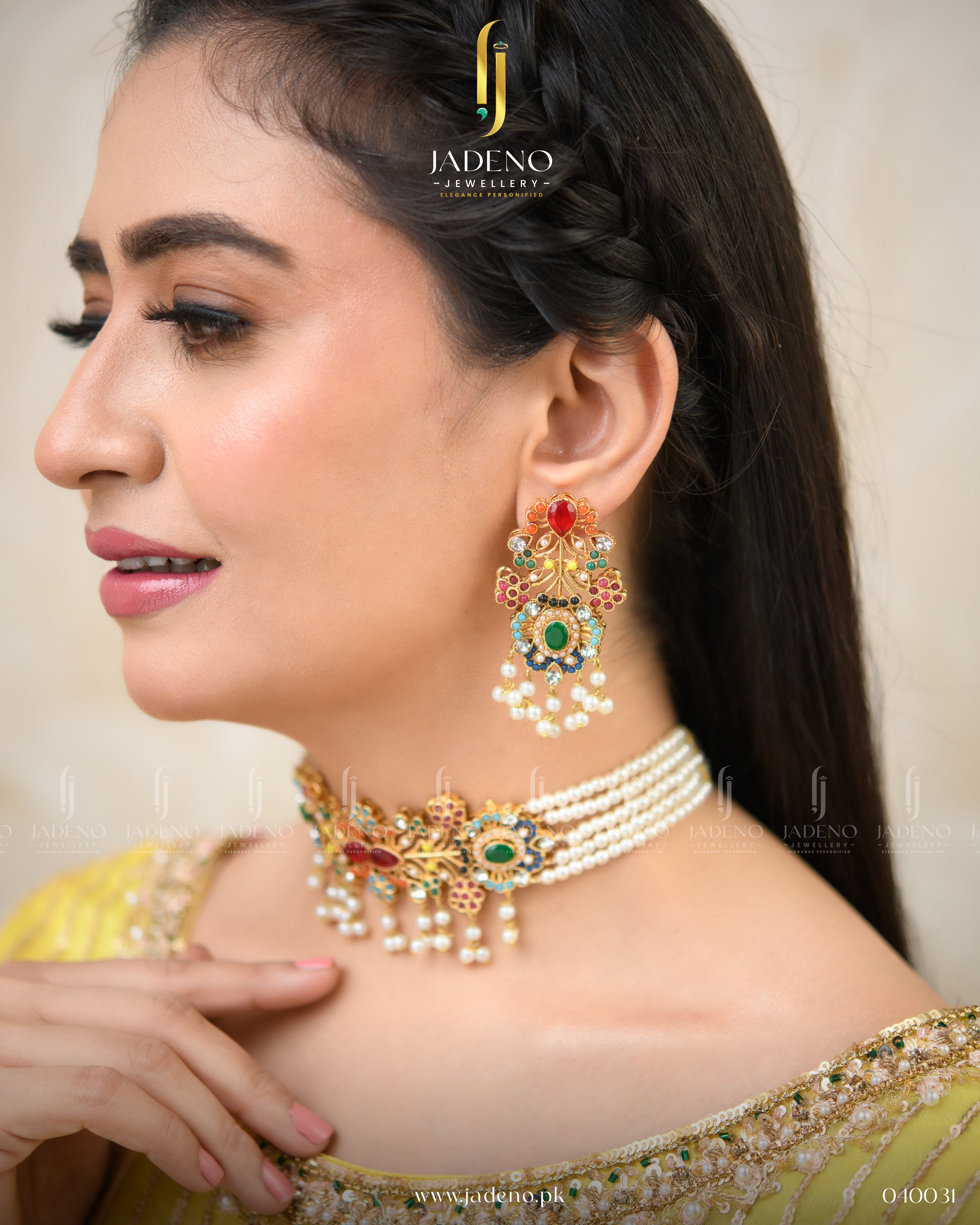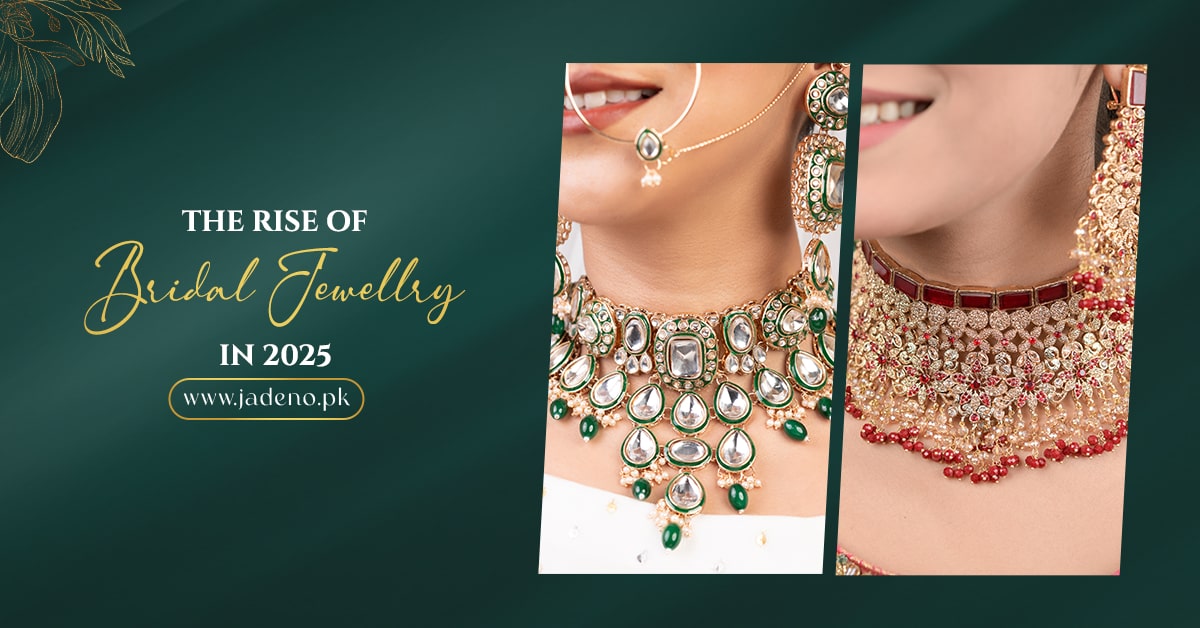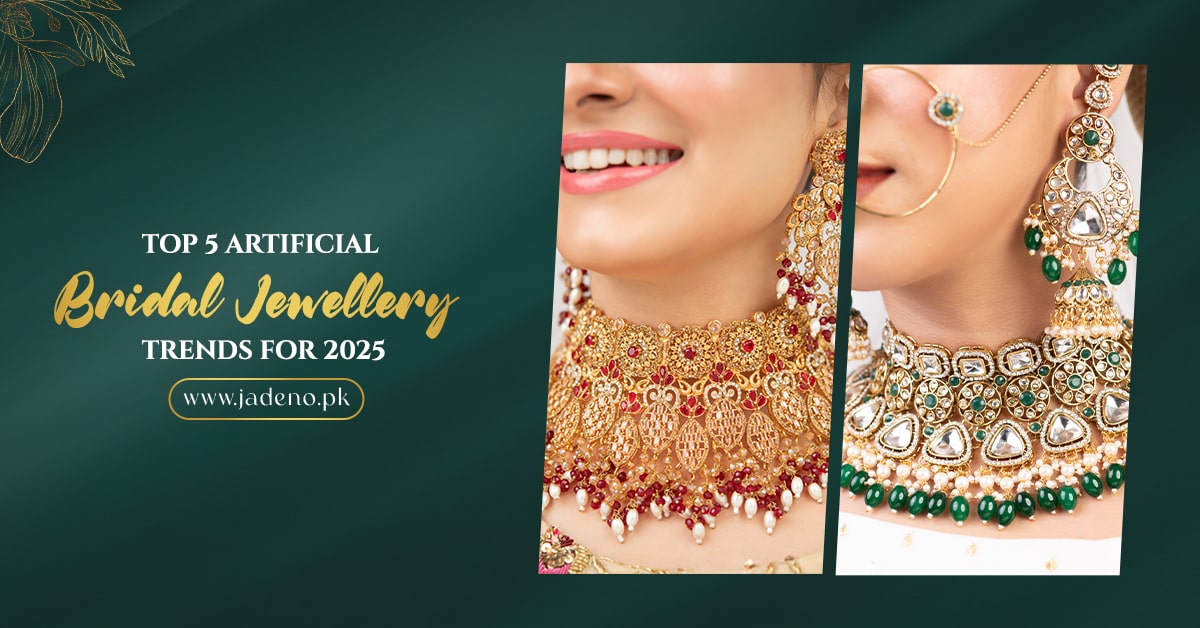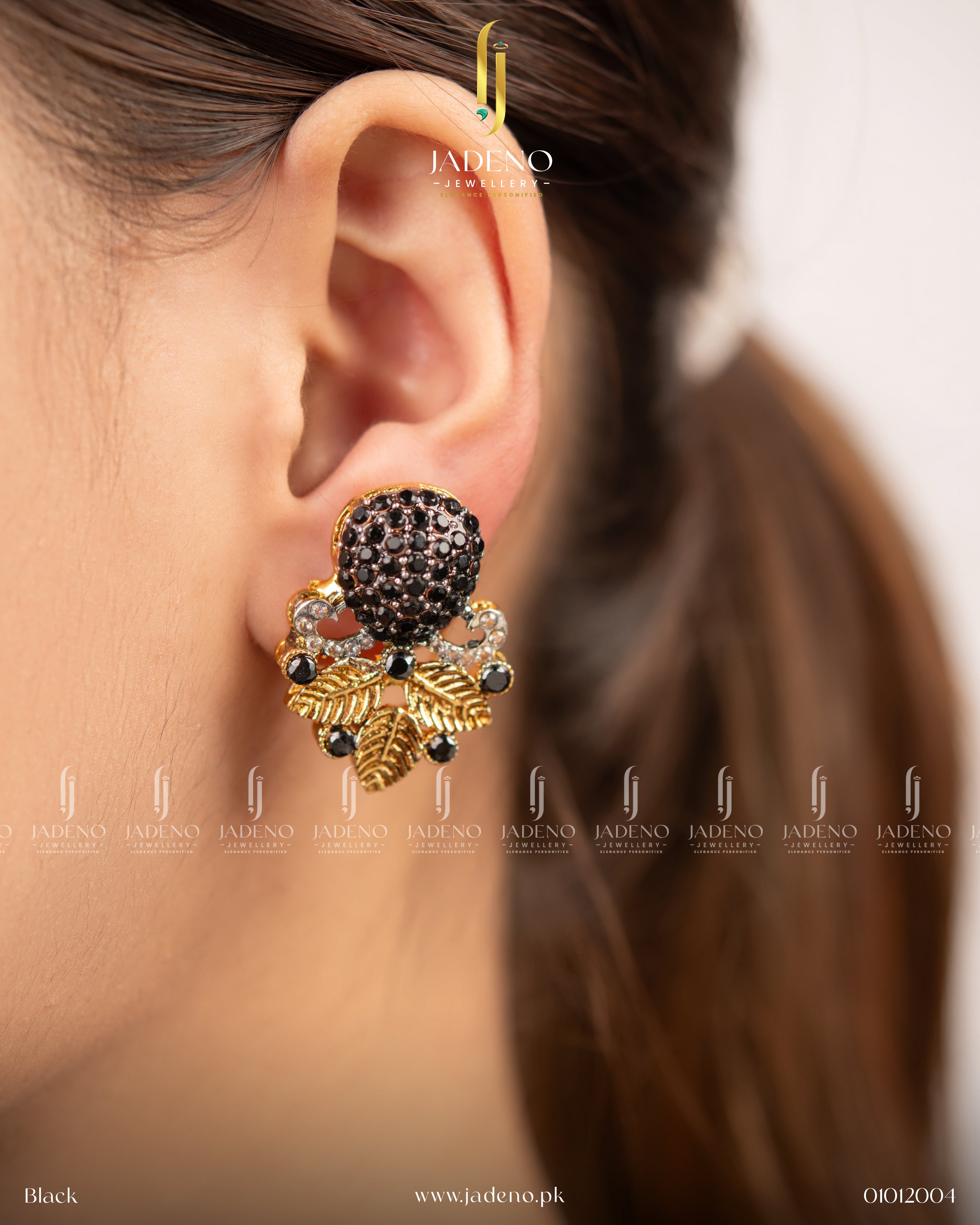
How to Tell if Your Earrings Are Real Gold or Silver: The Complete Guide
Ever found a pair of earrings tucked away in an old jewellery box and wondered, “Are these real gold or silver or just clever fakes?”
You're not alone.
In a world filled with gold-plated, silver-tone, vermeil, and countless lookalikes, it's easy to get confused. But the good news is, you don’t need to be a jeweller to uncover the truth. Whether you’re a vintage collector, a casual fashionista, or simply inherited a mysterious pair of earrings, there are simple yet effective ways to spot real gold or silver.
Let’s dive into this glittering mystery and learn how to tell if your earrings are real gold or silver without the guesswork.
The Real Deal vs. The Impostors
Imagine gifting or selling what you believe is a valuable pair of earrings only to discover they’re plated brass or stainless steel. Ouch.
Authentic gold or silver jewellery holds intrinsic value, not just in monetary terms but in sentiment, quality, and longevity. Fakes, on the other hand, may tarnish, irritate your ears, or even cause allergic reactions.
Knowing the truth not only protects your skin but also your wallet.
Quick Visual & Physical Checks
Before you grab a magnifying glass or head to a jeweller, some signs are easy to spot.
1. Look for Hallmarks and Stamps
Most genuine gold and silver earrings come with hallmarks or purity stamps, usually located on the earring post, clasp, or back.
- Gold Stamps: Look for “10K”, “14K”, “18K”, “22K”, or “24K”. European gold may say “585” (14K), “750” (18K), or “916” (22K).
- Silver Stamps: Real silver is often marked “925” (meaning 92.5% pure), “Sterling”, “Ster”, or “Silver”.
No hallmark? It doesn’t always mean it’s fake, but it’s a red flag worth investigating.
2. Use the Magnet Test
Here’s a simple home test: grab a strong magnet (fridge magnets won’t do).
- Gold and silver are not magnetic.
- If your earrings snap toward the magnet, they likely contain a base metal like nickel, cobalt, or iron.
3. Check for Discolouration or Tarnish
- Real gold doesn’t tarnish or rust. If your earrings show greenish discolouration, especially where they touch the skin, they’re probably gold-plated or costume jewellery.
- Silver does tarnish, turning black or dull over time, but this is a sign of authenticity, not fakeness.
Advanced Testing Methods (DIY & Professional)
If you’re still unsure, there are more in-depth ways to tell if your earrings are genuine.
4. Try the Nitric Acid Test (Caution Advised)
This test should be done carefully or professionally.
- Gold Test: Apply a small drop of nitric acid. If it turns green, it's fake. Real gold stays unaffected.
- Silver Test: Silver will show a creamy white reaction; fake silver may turn green.
You can buy at-home acid test kits online, but proceed with caution. These are chemicals, after all.
5. Conduct a Scratch Test
This test involves scratching the earring lightly against a ceramic plate:
- Gold: Leaves a gold streak.
- Fake gold: Leaves a black mark.
- Silver: Leaves a silver-grey line.
Note: This can damage the earring’s finish, so it’s best used as a last resort.
6. Weigh It
Real gold and silver are heavier than fakes. If you have a digital scale, compare your earring’s weight with a verified piece of the same size.
Heavier = more likely to be real.
What a Jeweller Can Do That You Can’t
Sometimes, it’s worth getting a professional opinion.
- Jewellers have tools like X-ray fluorescence (XRF) machines and electronic gold testers.
- They can also evaluate craftsmanship, identify gemstones, and provide certified appraisals.
If your earrings seem valuable or you’re thinking of reselling, visiting a jeweller is a smart move.
Common Misconceptions About Real Jewellery
Let’s bust a few myths that might be clouding your judgement.
Myth 1: If It’s Heavy, It Must Be Real
Not always. Some fake jewellery is intentionally weighted to feel more “valuable”.
Myth 2: If It’s Tarnishing, It’s Fake
Silver tarnishes naturally over time. Tarnish isn’t a flaw. It’s a hallmark of authenticity.
Myth 3: It Came in a Nice Box, So It’s Real
Packaging can deceive. Even counterfeit jewellery often comes in elegant, branded boxes.
How to Preserve Real Gold and Silver Earrings
Once you've identified your earrings as authentic, here’s how to keep them shining for years:
- Store them separately to avoid scratches.
- Avoid moisture and chemicals like perfumes or lotions.
- Use a polishing cloth for silver and mild soapy water for gold.
Pro tip: If you're unsure, a quick wipe with a jewellery cleaning cloth can bring back their sparkle and confirm whether they’re worth the extra love.
Conclusion
In a world full of imitations, real gold and silver jewellery stands the test of time not just physically but emotionally. Whether you're identifying a family heirloom or checking out your latest fashion find, now you’re equipped with the know-how to separate the real from the fake.
So, the next time someone asks, "Are those real?", you won’t hesitate. You'll smile, nod, and say, "I know they are."
If you're looking for stylish, budget-friendly options without worrying about authenticity tests, explore our artificial earrings & jhumkas collection — where design meets affordability.
FAQs: How to Tell if Your Earrings Are Real Gold or Silver
1. Can I use vinegar to test my earrings for authenticity?
Yes, vinegar is sometimes used as a DIY test. Place a drop on your earrings. Real gold will remain unaffected, while fake metals may discolour. However, it's not as reliable as acid tests.
2. Are gold-plated earrings considered fake?
Gold-plated jewellery isn’t “fake”, but it’s not solid gold. It consists of a thin layer of gold over a base metal and can wear off over time.
3. Do all real silver earrings tarnish?
Yes. Tarnish is natural for sterling silver due to oxidation. It can be easily cleaned and is often a sign of authenticity.
4. Can real gold earrings turn green or black?
No. Real gold doesn't oxidise or corrode. If your earrings turn green or black, they're likely plated or contain base metals.
5. Is it worth getting my earrings appraised professionally?
Absolutely! Especially if they appear vintage, have gemstones, or you plan to insure or sell them. A certified appraisal provides peace of mind and a clear value.

